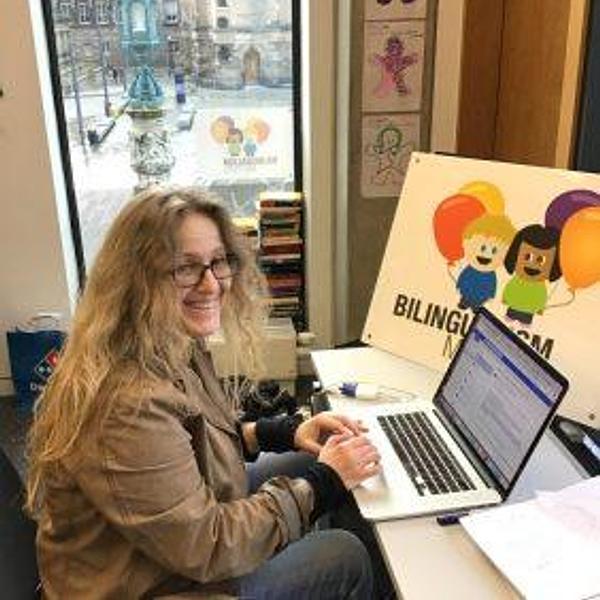
2020-02-24
I am Helen Koulidobrova, PhD, Associate Professor in Applied Linguistics in the Department of English and Director of CT Bilingualism and English Language Learning Research Lab at Central Connecticut State University. Respectfully acknowledging that l live and work on the ancestral lands of Mahican (including the Potomuc), Minisink (Muncee), Moheg (including the Niantic), Pequot, Nupnuc, and Quiripi (Mattabesic, Pugusett, and Schaghticoke) people.
Russian, Ukrainian (Heritage), English, Spanish, American Sign Language (ASL)
I research what it means to know sign languages and how people acquire them. On the formal side of things, I explore syntax and semantics of ASL by asking questions like why can subjects and object can be dropped and some languages but not others, why some languages but not others require articles, etc. I come from the school of thought that such questions are modality independent, though what modality (spoken or sign) may very well contribute to our understanding how each of the languages works in the end. On the applied side of things, I am interested in how children and adults acquire sign languages if they already know how to sign. This means both children growing up in multilingual households with more than one sign language and adults learning an additional sign language for educational and economic reasons, much as what people do with additional spoken languages.
The ‘so what’ is easy. Consider a simple case of a deaf/hard-of-hearing individual moving to a different country and attempting to see a doctor. In many such countries, an interpreter would be provided (by law), but this interpreter would be equipped to offer only two languages: the local spoken/written language and the local sign language. But what if the deaf individual in question does not know the local sign language? Clearly, in order to be able to access the interpreter services, they would need to learn. But how? What are the differences between the sign languages? How do signers learn other sign languages? Given the fact that around 95% of deaf and hard-of-hearing children are born to hearing parents, the vast majority of whom never learn how to sign, we might also ask: can multilingualism experiences, known in the spoken language literature to offer certain types of effects, circumvent effects of language deprivation? This is only a sample of the questions that arise here.